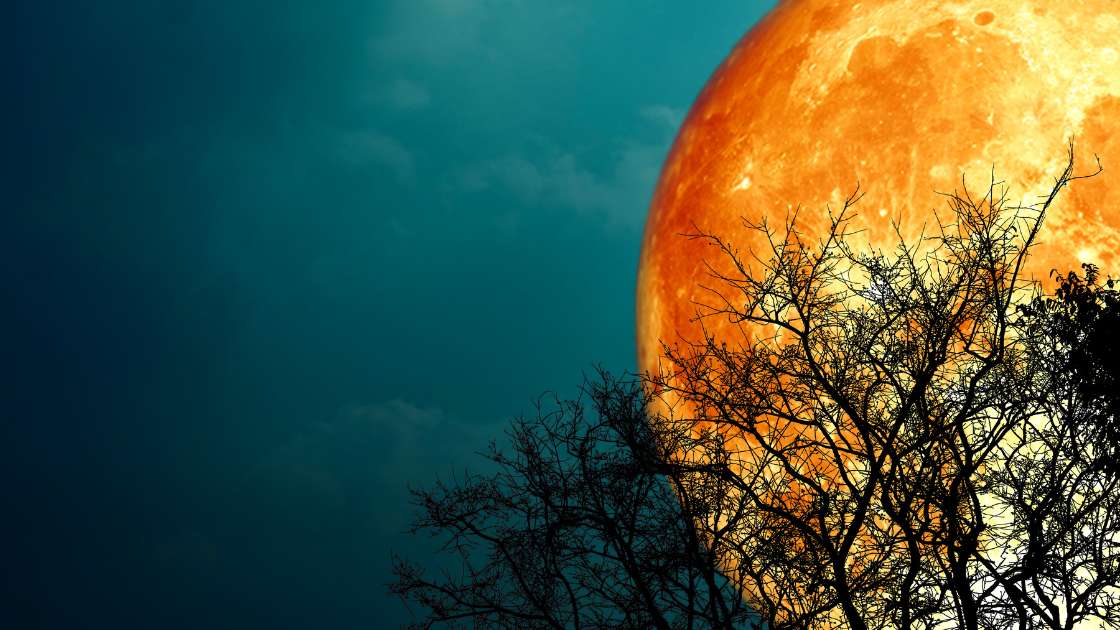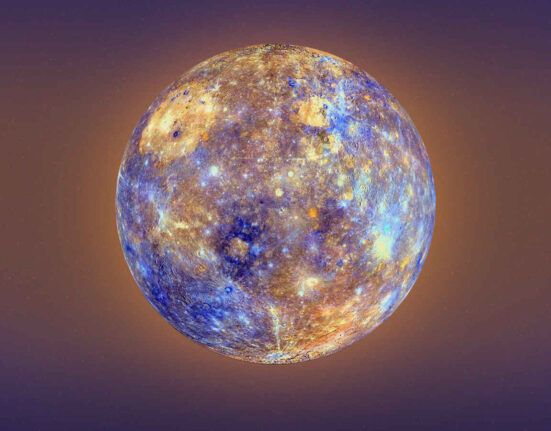July marks a celestial event that skywatchers eagerly anticipate—the Buck Moon. As the first full moon of astronomical summer in the Northern Hemisphere, this lunar spectacle is set to grace the night sky on July 10. But what makes this particular moon so special? Let’s delve into the enchanting world of lunar phenomena.
Picture this: a luminous orb hanging low in the heavens, casting a warm glow over the landscape. That’s what you can expect with the Buck Moon—it will be one of the lowest-hanging full moons of the year, appearing especially captivating as it rises on Thursday evening.
“The Buck Moon will be in Sagittarius, adding an extra touch of magic to its appearance,”
explains Dr. Luna Starlight, an avid astronomer and stargazing enthusiast.
“While Sagittarius may not boast bright stars near the full moon, its presence enhances our viewing experience by placing this celestial show against a backdrop of one of summer’s most iconic constellations.”
But why is this particular full moon considered one of the lowest of the year? Well, it all comes down to positioning. By cosmic design, when a full moon occurs, it sits opposite to the sun in our skies—reflecting its solar counterpart. Following closely after the summer solstice in June when the sun reaches its zenith, July’s Buck Moon mirrors this alignment by rising during dusk and maintaining a gentle arc across the southern horizon.
“If you’re lucky enough to witness this phenomenon away from city lights, you’ll notice something intriguing—the ‘moon illusion’,”
notes Dr. Starlight.
“Our brains perceive celestial bodies near the horizon as larger and more vibrant than when they are higher up—an optical illusion that adds an extra layer of wonder to your lunar viewing experience.”
Adding to its allure is another fascinating fact—the Buck Moon will also be at its farthest point from Earth relative to the sun due to our planet’s slightly elliptical orbit. As Earth recently reached aphelion on July 3—its farthest distance from our star for this year—the upcoming full moon holds an even more distant position in space.
The name “Buck Moon” itself carries rich cultural significance; derived from Native American tradition where it symbolizes male deer sprouting new antlers—a natural cycle synonymous with growth and renewal during July. Other indigenous names such as Salmon Moon or Thunder Moon evoke connections with seasonal changes and wildlife behaviors ingrained in ancient lore.
As we bask in nature’s nocturnal majesty during July’s Buck Moon, let us marvel at how these celestial rhythms intertwine with earthly cycles—a timeless dance that continues to captivate and inspire us under shimmering night skies.
So mark your calendars and prepare for a mesmerizing display as you witness nature’s symphony unfold above—a celestial ballet where Earth meets sky in perfect harmony.









Leave feedback about this